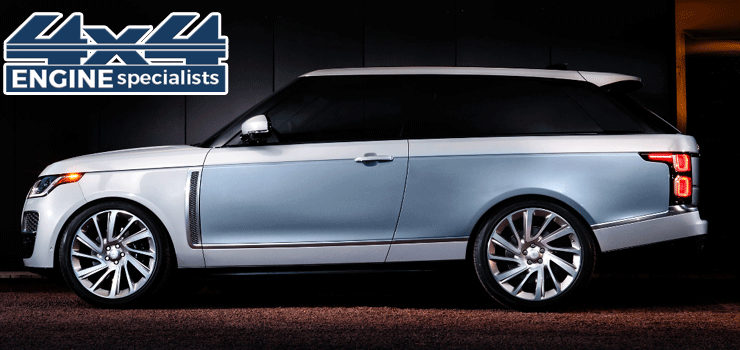Introduction:
In the automotive industry, agility is a prized attribute, particularly in the realm of SUVs where maneuverability often comes secondary to power and ruggedness. However, the Range Rover 2.0 engine has redefined this narrative by integrating lightweight construction techniques to enhance agility without compromising performance. We explores the various ways in which the lightweight construction of the Range Rover 2.0 engine contributes to its agility, ultimately reshaping perceptions of SUV dynamics.
Evolution of Lightweight Construction in Automotive Engineering
The journey towards lightweight construction in automotive engineering has been evolutionary, driven by the pursuit of improved fuel efficiency, performance, and handling. From the early adoption of aluminum alloys to advanced carbon fiber composites, engineers have continually pushed boundaries to shed weight without sacrificing structural integrity. This evolution sets the stage for the innovations witnessed in the Range Rover 2.0 engine.
Unveiling the Range Rover 2.0 Engine
The RangeRover 2.0 engine represents a paradigm shift in SUV design, where agility and responsiveness take precedence alongside traditional metrics of power and capability. At its core lies a commitment to lightweight construction, leveraging advanced materials and engineering principles to redefine the driving experience. By understanding the intricacies of its design, we can dissect how each element contributes to enhanced agility.
Optimizing Power-to-Weight Ratio
One of the primary benefits of lightweight construction is the improved power-to-weight ratio, a critical factor in agility. By reducing mass without compromising power output, the RangeRover 2.0 engine achieves a harmonious balance that translates into nimble handling and swift acceleration. This optimization allows drivers to navigate diverse terrains with confidence, whether traversing urban landscapes or tackling off-road challenges.
Enhanced Handling Dynamics
Agility encompasses more than just straight-line speed; it extends to the vehicle’s ability to respond dynamically to driver inputs. The lightweight construction of the RangeRover 2.0 engine plays a pivotal role in enhancing handling dynamics by minimizing inertia and improving weight distribution. This translates into sharper cornering, reduced body roll, and a more connected driving experience, empowering drivers to command the road with precision.
Improved Fuel Efficiency
Contrary to conventional wisdom, lightweight construction not only enhances performance but also improves fuel efficiency. By reducing the overall mass of the vehicle, the Range Rover 2.0 engine requires less energy to accelerate and maintain speed, resulting in reduced fuel consumption. This efficiency not only benefits the environment but also extends the vehicle’s range, enabling longer journeys without compromising on agility.
Structural Integrity and Safety
While shedding weight is paramount, maintaining structural integrity and safety remains non-negotiable. The Range Rover 2.0 engine employs advanced engineering techniques to ensure that lightweight components meet rigorous safety standards. From reinforced chassis designs to strategic material placement, every aspect is meticulously engineered to safeguard occupants without compromising agility or performance.
Integration of Advanced Materials
Central to the lightweight construction of the Range Rover 2.0 engines is the strategic integration of advanced materials such as aluminum alloys, high-strength steel, and composite materials. These materials offer unparalleled strength-to-weight ratios, allowing engineers to achieve significant weight savings without sacrificing durability or reliability. By harnessing the latest advancements in material science, the Range Rover 2.0 engine sets new benchmarks for agility in the SUV segment.
Future Directions and Innovations
The evolution of automotive engineering is a continuous process, with future iterations of the Range Rover 2.0 engine poised to push boundaries even further. From the adoption of electrification to the exploration of alternative lightweight materials, manufacturers are constantly innovating to redefine the limits of agility and performance. As technology advances and consumer demands evolve, the Range Rover 2.0 engine stands as a testament to the enduring pursuit of excellence in automotive design. Get the best information about the range rover engines here at the https://4x4enginespecialists.co.uk/ .
Conclusion:
In conclusion, the lightweight construction of the RangeRover 2.0 engine represents a paradigm shift in SUV dynamics, where agility and performance converge to redefine the driving experience. By optimizing power-to-weight ratios, enhancing handling dynamics, and integrating advanced materials, engineers have crafted a vehicle that transcends traditional boundaries. As automotive engineering continues to evolve, the Range Rover 2.0 engine serves as a beacon of innovation, paving the way for a new era of agile, responsive SUVs.

